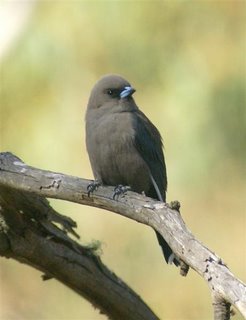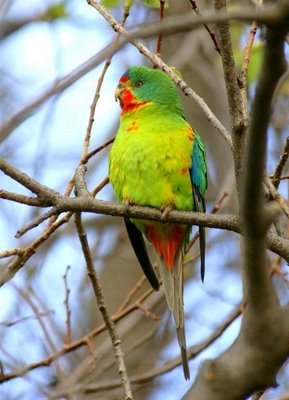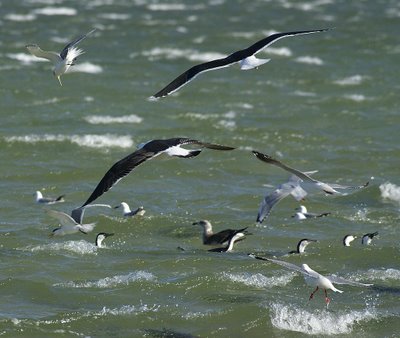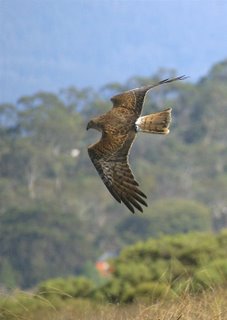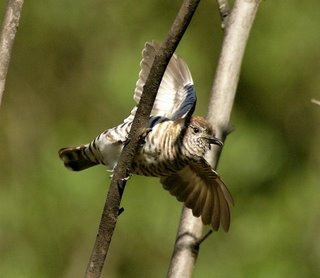 I've often wondered just how common Welcome Swallows were before European settlement in Tasmania. At the moment, almost every bridge and the larger concrete culverts, 'sport' a pair or more of these birds. And , of course, many sheds, and the eaves of houses, support them too. I can't recall ever finding a nest in anything not man made. Presumably, before settlement, they nested in hollow trees, caves and similar, but would they have been as commom? The similar Tree Martin still primarily nests in trees, often colonially, but occasionally uses pipes and holes in concrete. For several years, martins nested in the exhaust pipe of an old crane on the Hobart Waterfront, and may still do so.
I've often wondered just how common Welcome Swallows were before European settlement in Tasmania. At the moment, almost every bridge and the larger concrete culverts, 'sport' a pair or more of these birds. And , of course, many sheds, and the eaves of houses, support them too. I can't recall ever finding a nest in anything not man made. Presumably, before settlement, they nested in hollow trees, caves and similar, but would they have been as commom? The similar Tree Martin still primarily nests in trees, often colonially, but occasionally uses pipes and holes in concrete. For several years, martins nested in the exhaust pipe of an old crane on the Hobart Waterfront, and may still do so.I recall photographing the similar Swallow (hirundo rustica) that is found in England. It had chosen to nest on top of a heater in a bathroom. I photographed a parent bird feeding young at the nest, which was published in the local paper, I suspect with the usual comments about English Summers. The owners of the house used the photo for the front of their Christmas card! The Welcome Swallow shown here, was photographed recently at Gould's Lagoon.









